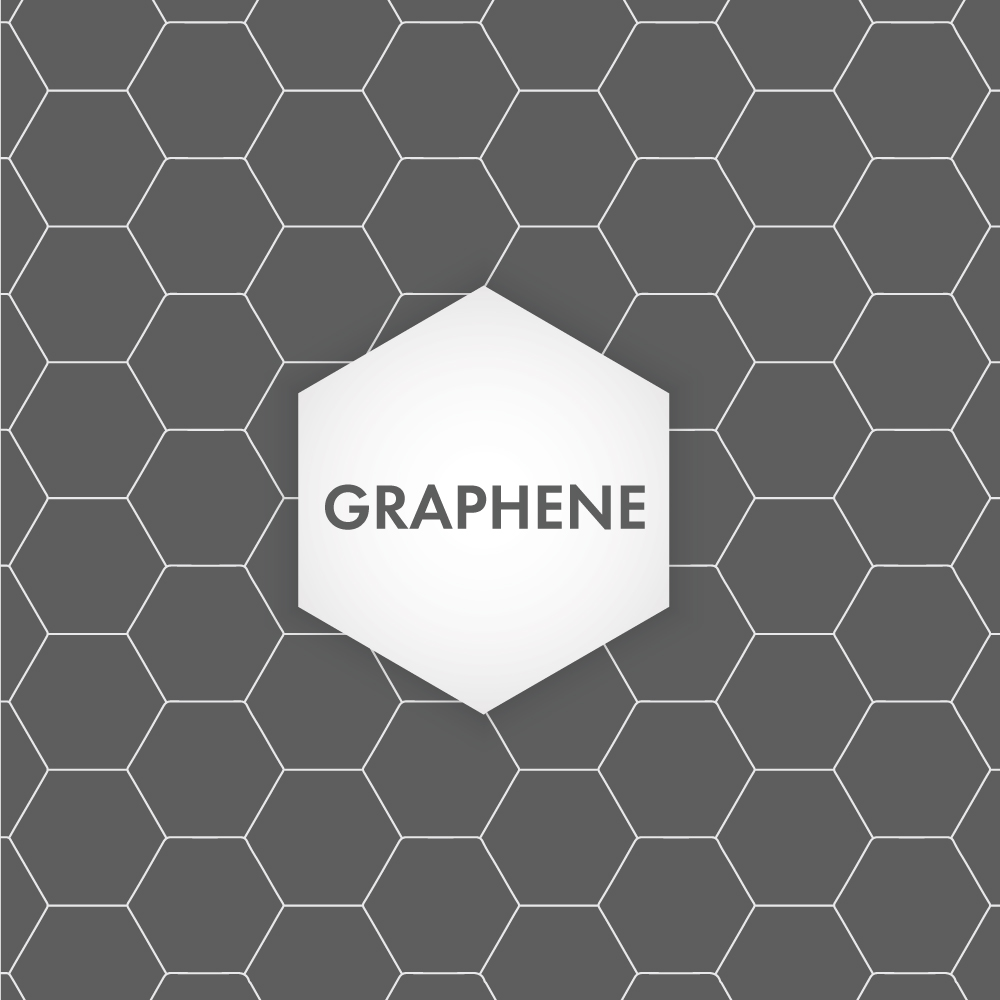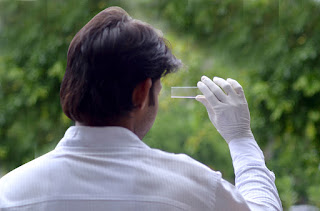Indium
tin oxide (ITO) is a mixture of indium (III) oxide (In2O3) and tin (IV) oxide
(SnO2). When in powder form it is green-yellow in colour however when deposited
as a thin film on glass it is transparent/colourless and works as a transparent
electrical conductor.
 |
| ITO COATED GLASS OVERVIEW |
Clients focused on using transparent conductive
ITO-coatings on high quality glass substrates will benefit from this article.
ITO coated
glasses of superior quality are electrically conductive and optically
transparent. They facilitate high sheet resistance homogeneity and come with
SiO2 barrier passive layer, their micro roughness is less, and offer high
VIS-NIR light source transmission, etc.
ITO Coated Glass’ field of application is wide.
These ITO coated glasses and slides are used in display technology, de-icing
use and applications, ITO coated glass plate, flat antenna used for mobile
communication, research purpose glass slides, Circuit substrate, Ito slides
that can be heated, Transparent EMF/EMI/ EMC/RFI/HF shielding glass and many
others. Before choosing supplier, it is for the buyer to ensure that they will
be able to cater to their precise requirements.
Though
ITO coated glasses are generally available in standard sizes, they can be
manufactured in customized dimensions and sizes specified by the client based
on their requirement.
Before
placing an order it is for the buyer to confirm the following facts concerned
with order/ as part of quotation; whether they deliver large size orders, and
what would be the delivery time period and whether it suits you, will the
manufacturer be willing to make them in odd sizes as and when required and if
they would, how long would it take them to deliver it. Do they keep standard
sizes in stock or each order is processed independently, this is important
information to have if buyer is likely to place in-between order. Buyer should
also check whether manufactures will offer consultation or advice if required
with regard to ITO coated glass or its variations being bought from them.
If you’ve chosen a reliable supplier or manufacturer
of ITO-coated glass, he will be equipped to customize your requirements; the
manufacturing unit will ensure that substrate material, conductivity, optical
transmission, film thickness of
the indium-tin-oxide layer or other technical properties are adapted to your
technical needs. The supplier will also
specify coating construction, optical transmission, refractive index, flatness,
and surface quality of the glass ordered by you.




